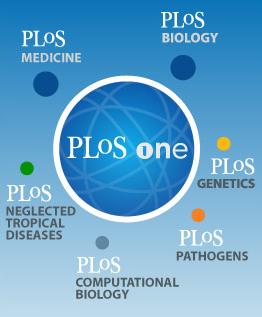导读:青光眼是一种主要与病理性眼压升高有关的常见眼病。当眼压超过了眼球内组织、尤其是视网膜视神经所能承受的限度时,就会引起视神经萎缩和视野缺损,导致青光眼。

京都府立大学一个研究小组日前表示,他们发现了与视神经衰弱所引发青光眼有关的基因变异。这一成果发表在美国网上科学杂志《公共科学图书馆·综合》上。
据研究人员介绍,他们对1244名青光眼患者(平均年龄64岁)和975名正常人(平均年龄60岁)的基因进行比较后,发现大部分患者的某个特定基因都出现了5种变异。
研究小组认为,出现这些基因变异后,人体就无法正常调节维持神经细胞的蛋白质总量,导致视神经衰弱,随之也引发青光眼。研究小组带头人、京都府立大学教授田代启说,有望在3年后利用这一成果,开发出通过血液检查来早期发现青光眼的方法。
目前的医学技术还很难早期发现这种病症。新发现有望使研究人员开发出新的医学检测方法,高效防治青光眼。
资料显示,40岁以上的日本人约有5%会患青光眼,而视神经衰弱导致的青光眼占日本青光眼患者约80%。

Common Variants in CDKN2B-AS1 Associated with Optic-Nerve Vulnerability of Glaucoma Identified by Genome-Wide Association Studies in Japanese
Masakazu Nakano, Yoko Ikeda, Yuichi Tokuda, Masahiro Fuwa, Natsue Omi, Morio Ueno, Kojiro Imai, Hiroko Adachi, Masaaki Kageyama, Kazuhiko Mori, Shigeru Kinoshita, Kei Tashiro
Background To date, only a small portion of the genetic variation for primary open-angle glaucoma (POAG), the major type of glaucoma, has been elucidated.
Methods and Principal Findings We examined our two data sets of the genome-wide association studies (GWAS) derived from a total of 2,219 Japanese subjects. First, we performed a GWAS by analyzing 653,519 autosomal common single-nucleotide polymorphisms (SNPs) in 833 POAG patients and 686 controls. As a result, five variants that passed the Bonferroni correction were identified in CDKN2B-AS1 on chromosome 9p21.3, which was already reported to be a significant locus in the Caucasian population. Moreover, we combined the data set with our previous GWAS data set derived from 411 POAG patients and 289 controls by the Mantel-Haenszel test, and all of the combined variants showed stronger association with POAG (P<5.8×10−10). We then subdivided the case groups into two subtypes based on the value of intraocular pressure (IOP)—POAG with high IOP (high pressure glaucoma, HPG) and that with normal IOP (normal pressure glaucoma, NPG)—and performed the GWAS using the two data sets, as the prevalence of NPG in Japanese is much higher than in Caucasians. The results suggested that the variants from the same CDKN2B-AS1 locus were likely to be significant for NPG patients.
Conclusions and Significance In this study, we successfully identified POAG-associated variants in the CDKN2B-AS1 locus using a Japanese population, i.e., variants originally reported as being associated with the Caucasian population. Although we cannot rule out that the significance could be due to the differences in sample size between HPG and NPG, the variants could be associated specifically with the vulnerability of the optic nerve to IOP, which is useful for investigating the etiology of glaucoma.
文献链接:https://www.biodiscover.com/news/bioneuro/library/11340








